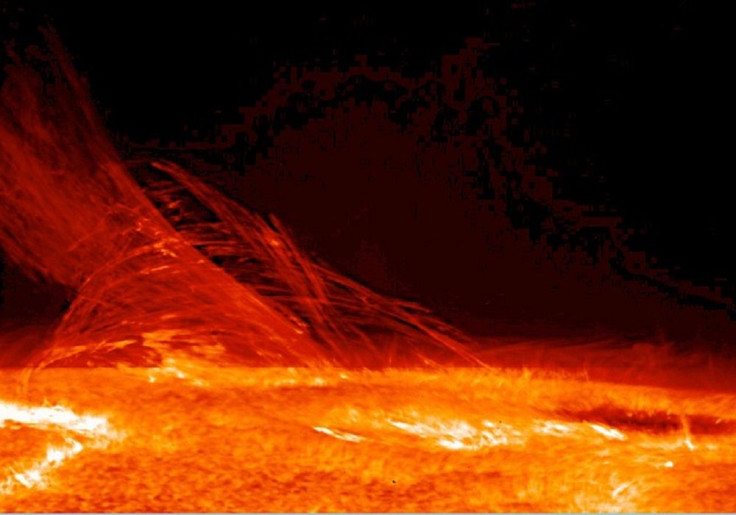Why Millions Are Being Poured Into Space Weather Research
KEY POINTS
- The NSF and NASA are pouring millions into research on space weather
- Space weather is complicated but important to understand
- Accurate forecasting of space weather is important for the well-being of society
Millions are being invested in improving solar storm forecasting abilities. Here's why it's necessary.
The National Science Foundation (NSF) and NASA are pouring $17 million into six three-year awards that contribute to expanding the country's space weather prediction capabilities.
"Space weather involves intricate interactions between the sun, the solar wind, Earth's magnetic field and Earth's atmosphere," space weather lead for NASA's heliophysics division, Jim Spann, said in an NSF news release Tuesday. "Our ability to understand the sun-Earth system is of growing importance to economies, national security, and our society as it increasingly depends on technology."
The awards include collaborations with multiple universities, national laboratories and even private companies. Two of the funded projects are led by the University of Michigan (U-M), one of which aims to accurately predict solar storms a day in advance, providing ample time to prepare.
But why is it necessary to study space weather? It is because space weather, including solar wind, magnetic storms and coronal mass ejections, can not only affect the health of astronauts in space but they can also have massive effects on Earth.
"Other than a pandemic, a space weather-caused disruption is the only natural threat that would have nationwide impacts," principal investigator of one of the funded projects, Gabor Toth, said in another news release. "All other natural disasters — hurricanes, earthquakes, volcano eruptions — are localized. So it's imperative that we prepare and improve our warning systems. If we know what to expect and when, most consequences of space weather can be avoided."
Space weather from a solar storm that impacts the Earth's magnetosphere can affect advanced technology including damages to orbiting spacecraft and even the power grids on Earth, potentially causing major blackouts.

Just last May, it was the 99th anniversary of the most powerful solar storm of the 20th century when a massive sunspot flared and sent coronal mass ejections toward the Earth. Even back then, in 1921, there were major disruptions in power and electricity and, several countries including Brazil, Denmark, Japan and Australia experienced problems with telephone and telegram communications.
Although solar storms typically do not harm humans on the Earth's surface, a massive solar storm could harm our technologies. If a solar storm similar to the 1921 event happens today, when we are more dependent on technologically advanced equipment, it could inflict greater damage and more significant disruptions to our daily life. Satellites could be affected, disrupting communications and navigation, entire cities could experience blackouts and high-flying airplanes could be hit by radiation.
In 1989, a coronal mass ejection caused a power failure in the Canadian province of Quebec and parts of the U.S., leaving over 6 million people without electricity for nine hours.
And with experts noting that such massive solar storms tend to happen in 100-year cycles, it is even more imperative to have forecasting capabilities that could provide ample time for us to prepare.
"Accurate forecasting of energetic events on the sun and in the near-Earth space environment is critical for national security and the wellbeing of society," the NSF writes.
© Copyright IBTimes 2024. All rights reserved.






















